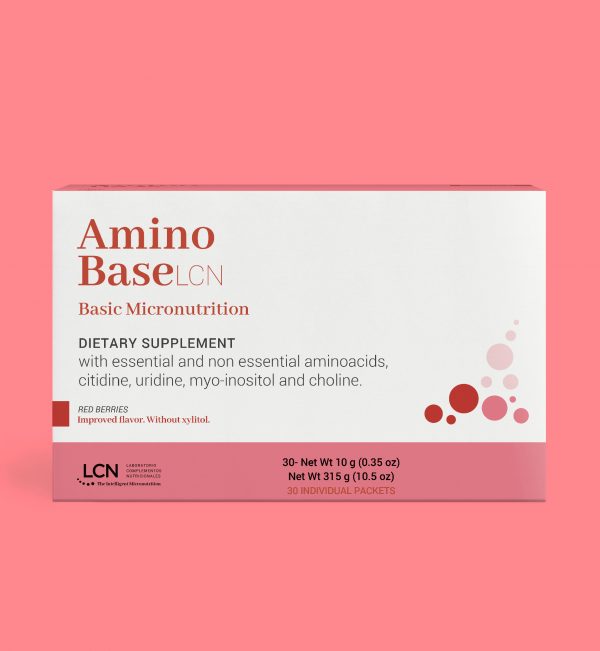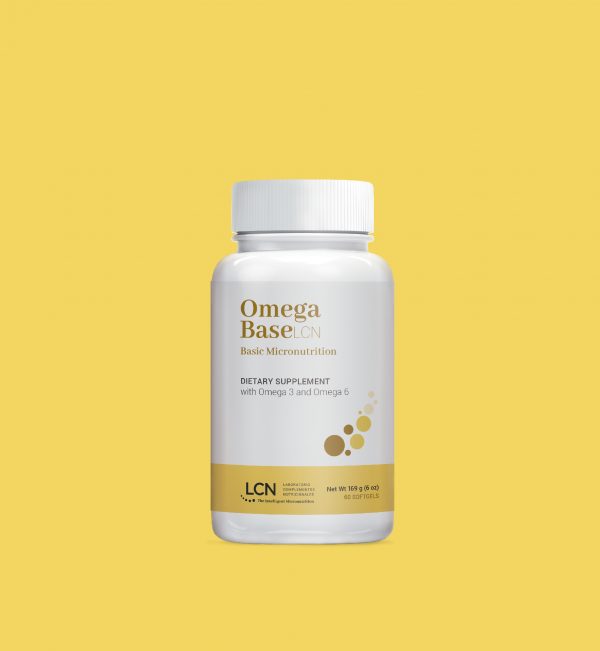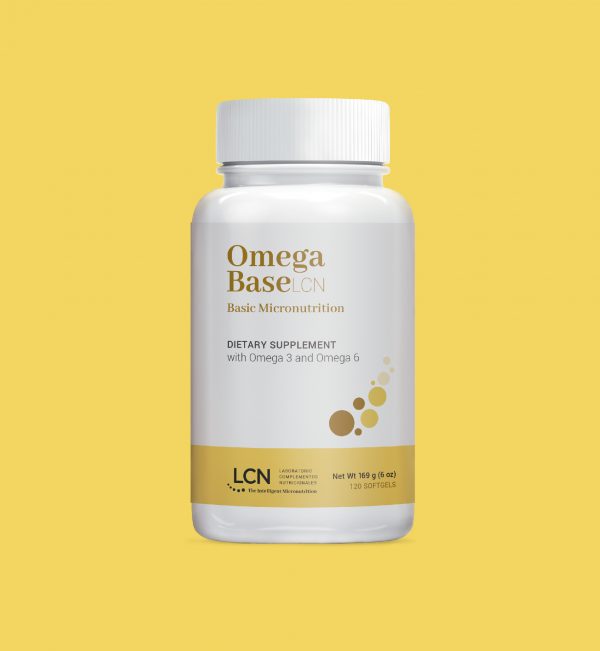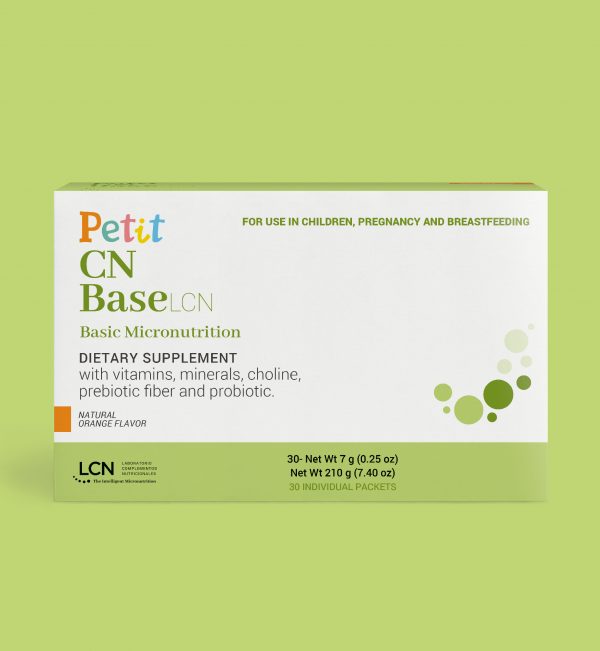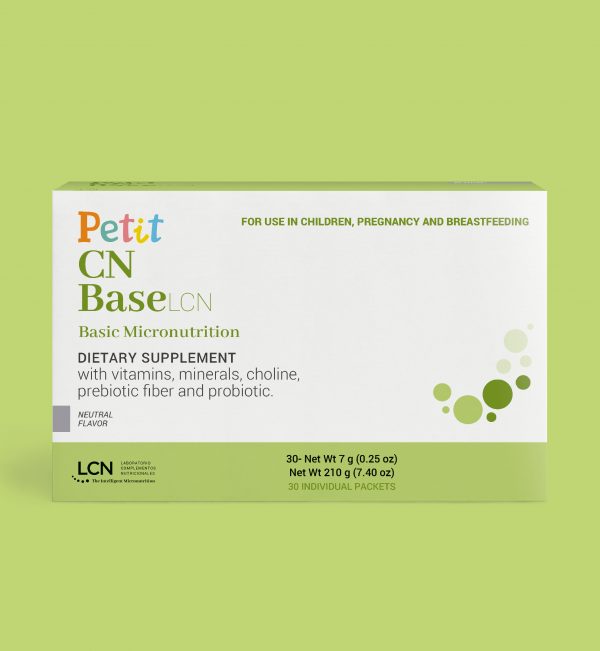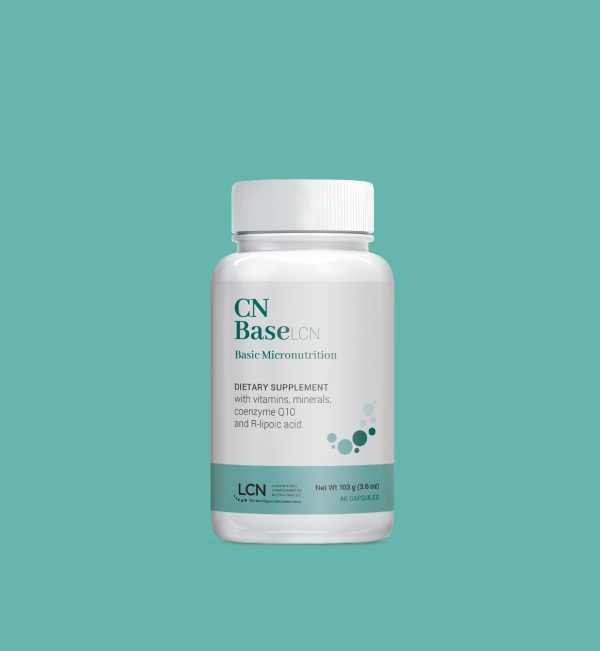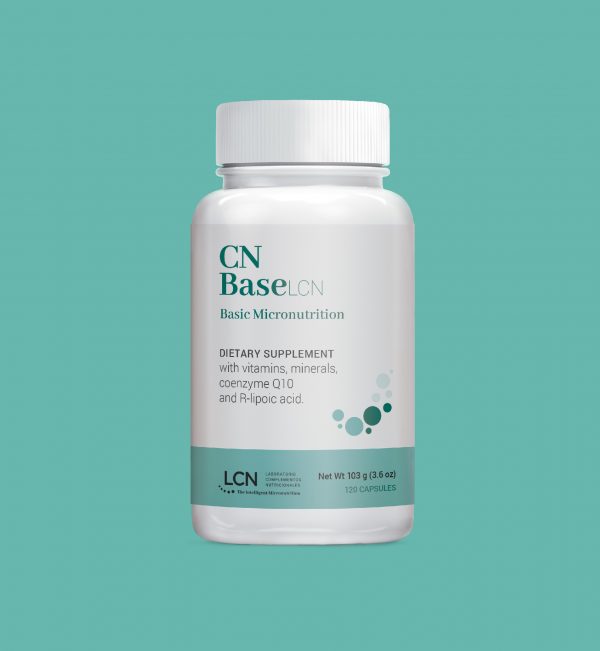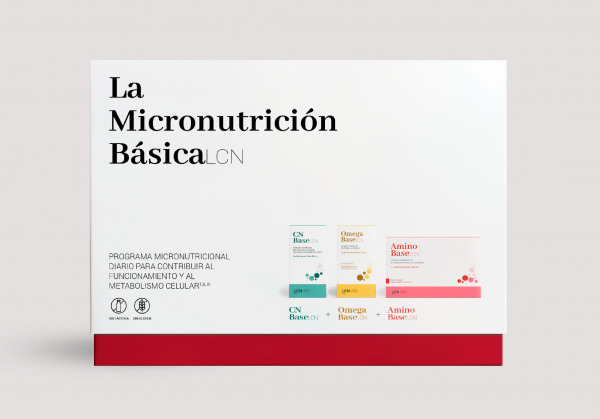Omega-3 (DHA)
What is it?
DHA is a basic micronutrient formed from EPA. DHA can increase plasma EPA levels through complex metabolic pathways.
DHA is found almost exclusively in oily fish species and shellfish, as well as in white fish species to a lesser extent.
Seaweed is also a source of DHA. Docosahexaenoic acid contributes to maintenance of normal brain function and healthy vision, among other functions.
Fish oil concentrated to 80% DHA in triglyceride form, from sustainable fisheries all over the world (Friends of the Sea-certified).
In a process that combines extraction and supercritical fluid chromatography, a DHA concentrate of maximum purity is obtained. Oxidation, heavy metals, and pesticide values are lower than those established by the GOED (Global Organization for EPA DHA Omega-3s) and the European Pharmacopoeia.
DHA supplementation
DHA is a highly polyunsaturated essential fatty acid. It can be supplemented in different molecular forms, such as phospholipids, free fatty acids, ethyl ester, or in one of its natural forms, which are triglycerides. Apart from the molecular form in which it is presented, the production method is another quality parameter, as this makes it possible to obtain DHA that is purer and more isolated from other fatty acids of no interest. Extraction and supercritical fluid chromatography is a method that allows DHA to be purified without raising the temperature or using chemical solvents.
Precautions with DHA
DHA is the most polyunsaturated omega-3 fatty acid. Oily fish and some types of shellfish contain significant amounts of DHA, however most contain toxins such as mercury. According to the 2011 DEMOCOPHES project, Spanish women were found to have mercury levels six times higher than the average in 17 European countries, which may be related to fish consumption. That is one of the conclusions of the Democophes project, which studied exposure to five environmental pollutants in women and children: mercury, cadmium, cotinine, phtalates, and bisphenol A. Mercury, whose high levels can be explained by heavy consumption of fish species such as red tuna and swordfish, is considered a neurotoxin that affects child development.
Foods with DHA
Foods from the sea, such as oily fish, shellfish, and seaweed, are the best sources of DHA. There are also DHA-enriched foods on the market, for example eggs, with a high DHA content. This modification is achieved by using chicken feed enriched with seaweed with a high DHA content.
Compared to wild fish, farmed fish has half the omega-3 and contains environmental toxins, partly due to the fact that their diet is based on transgenic soy and corn.
Physiological functions
DHA has anti-inflammatory properties, and recent studies consider it to have a greater anti-inflammatory potential than EPA. DHA is capable of modulating specific inflammation markers, in addition to lipids in the blood.
DHA is a key component of all cell membranes. It is found in all tissues and, in abundance, in the brain and retina.
- It does important work in integrating itself into cell membranes and making them more fluid, as it occupies more volume in the membrane than other fatty acids.
- Dietary DHA results in a dose-dependent and saturable increase in plasma DHA and EPA levels.
- Plasma DHA concentrations equilibrate in approximately one month and then remain at steady state throughout supplementation.



